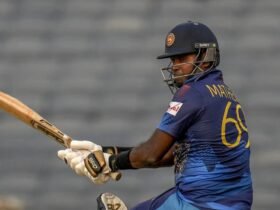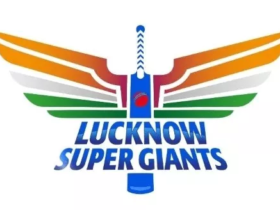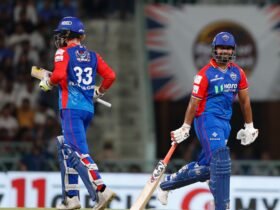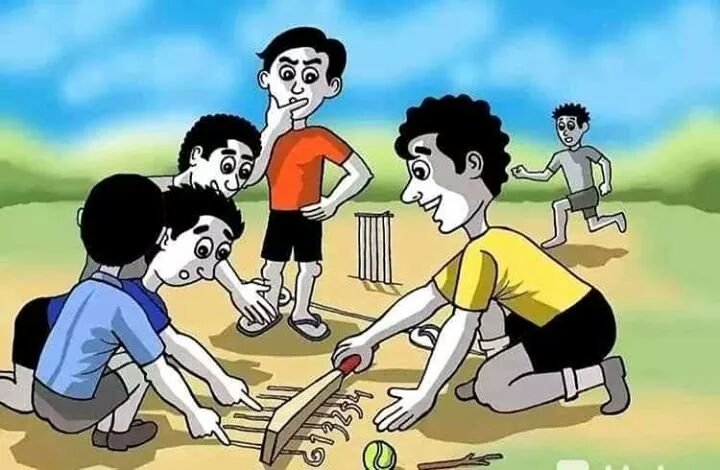Gully Cricket is like backyard cricket and is often played in places like India, Pakistan, and other countries with not much open space. It’s a game you can play almost anywhere: on a street, in a parking lot, or even inside your house. While backyard cricket is common in countries like Australia and New Zealand, where houses have big yards, gully cricket is more popular in places like India, Pakistan, Bangladesh, and Sri Lanka, and in countries with limited open areas.
Guide to Playing Gully Cricket
Since gully cricket is a casual form of cricket, there are no official rules about teams, players, or equipment needed to play.
who can participate: Almost anyone, no matter their age or gender, can play gully cricket.
What Types of Equipment Can You Utilize?
- Bat
A bat is an essential tool in gully cricket, but it doesn’t have to be a traditional cricket bat. It can be any object that allows you to strike the ball, like a long piece of wood that is wider at one end and narrower at the other. As long as it is comfortable to hold and can effectively hit the ball, you can use it. For indoor cricket games, even a notebook or similar object can be used as long as the ball is small enough.
- Ball
To play gully cricket, having a ball is crucial. For example, in India, people often use rubber or hard plastic balls. In Pakistan, a tennis ball is commonly used, but it is covered with insulation tape to reduce its bouncing.
- Wicket
A wicket can be symbolized by a garbage can, a chair, or virtually any object. It is even possible to sketch stumps onto a wall and have a “batsman” assume a position in front of it.
Rules for Gully Cricket:
The rules of gully cricket are very casual and can be made up by the players as they go. While the rules are usually made up on the spot, we’ve put together a list of the most common ones we’ve seen. You can even come up with your own rules depending on how you’re playing.
- Umpires
There might be umpires, but it’s not always needed. If there are enough players, they might take turns being umpires. Sometimes, in a smaller area, they might not even have a second umpire.
- Toss
When there are two teams, they might do a toss. But if there’s no clear team and it’s just individual players taking turns to bat, they might not do a toss. Instead, they can come up with another way to decide who bats first.
- Size of the Pitch
The length of the pitch depends on the space available. Sometimes, the pitch might be as short as 10 yards.
- Bowling
When playing, you can bowl overarm or underarm. If the pitch is really short, underarm bowling is common. But even when bowling underarm, you usually can’t roll the ball – it’s supposed to bounce before it reaches the batsman.
- Runs
In cricket, runs can be earned in different ways. Sometimes, they’re scored by running between the wickets, but often, they’re based on how far the ball travels after the batsman hits it. For example, hitting the ball to a certain distance can earn one run, hitting it further might get two, and so on. Sometimes, there might not be sixes, and if a batsman hits the ball past the boundary, they could be considered ‘out.’ Also, players might decide not to allow runs scored behind the wicket, especially if there aren’t enough fielders. Other concepts like byes and leg-byes might also be overlooked in certain cases.
- Teams
The number of players in a team can be chosen based on how many people want to play. If there aren’t many players, those who were batting might also need to field. Sometimes, there might not be any teams, and each person takes a turn to bat.
- Getting Out
Usually, getting “leg before wicket” doesn’t count as getting out. This is especially true when there are only a few players and no one is chosen to be the umpire.
- Catches
Whether a catch counts can depend on how big the playing area is. Sometimes, players might agree that catching the ball after it bounces once can also get the batsman out.
- Overs
How long the game lasts will simply be decided by how much time the players want to play. Sometimes, there might be shorter games with only five or six overs for each team.
Cricket is becoming more and more popular all around the world, and lots of people are becoming big fans of the game. As long as there are these fans, gully cricket will keep going strong. So, gully cricket is definitely not going away anytime soon!




























Leave a Reply